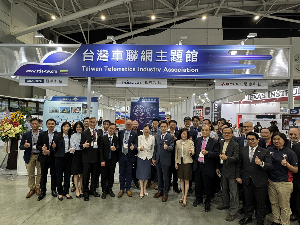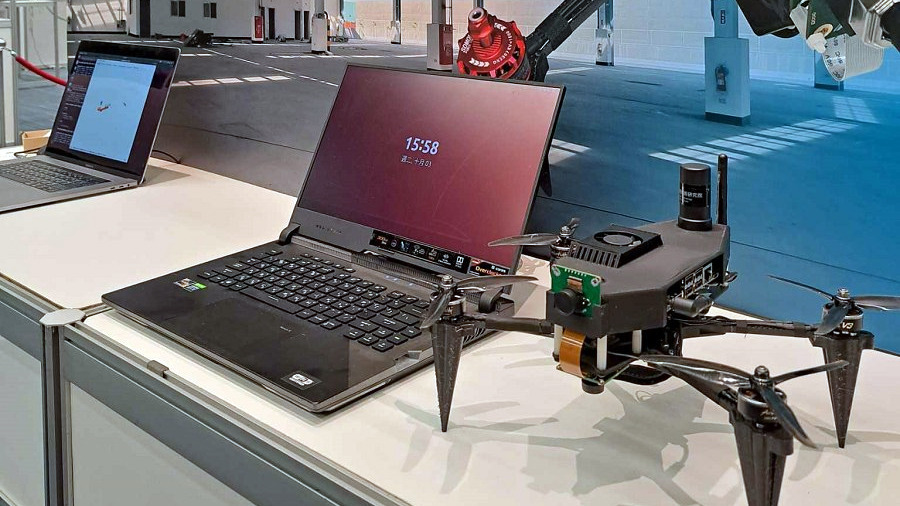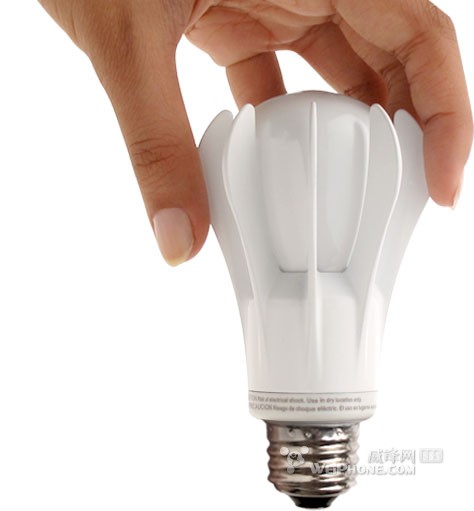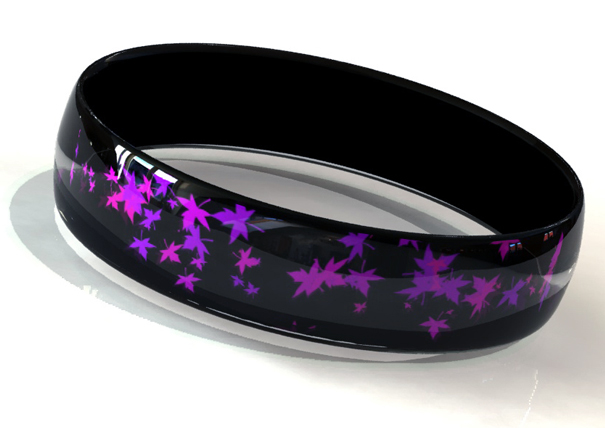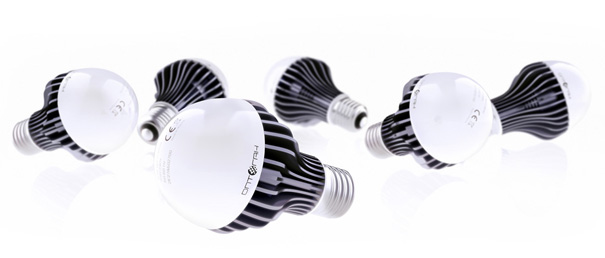 To paraphrase William Gibson, the future of lighting is here, it's just not evenly distributed. Light-emitting diodes (LED) lightbulbs have been coming on the market in the past few years, but their quality varies greatly, from "almost perfect" to "horrible."
To paraphrase William Gibson, the future of lighting is here, it's just not evenly distributed. Light-emitting diodes (LED) lightbulbs have been coming on the market in the past few years, but their quality varies greatly, from "almost perfect" to "horrible."
I had the opportunity to spend a few days with two LED lightbulbs from Qnuru, and I'd like to share my impressions with you.

Photo: Michael Graham Richard
The two LED bulbs that I tested are the Qnuru OPAL and the Qnuru TOPAZ. Here are their specs (OPAL on top, TOPAZ below):



Photo: Michael Graham Richard
Qnuru TOPAZ & OPAL Specifications
The Qnuru bulbs use LEDs made by Cree. The versions that I have are "cool white" (6000k temp), but they're also available in "warm white" (3000k). They use a standard E26 socket and use respectively 6.4 watts and 9.2 watts, and they're both rated as replacing 60W incandescents, though the bigger OPAL definitely produces more light and has a wider beam angle.
They have a 50,000+ hours lifetime, which compares very favorably to about 15,000 hours for compact fluorescent (CFLs) and 2,500 hours for incandescent bulbs. It makes more sense to pay extra for quality if you're going to be potentially keeping these lights around for decades. In fact, they come with a 3 year warranty, not something you'll find on any fluorescent!
And of course, because they are LEDs, they don't contain any mercury, and they are a lot less fragile than CFLs and incandescents.
The heatsinks around the base of the bulbs are not there because the bulbs become very hot. They really don't. It's just that LEDs are more sensitive to heat than the components of incandescents or CFLs, and so they are designed to keep heat build up to a minimum.
My LED Experience
My first impression of the Qnuru LEDs when I first got them out of their (stylish) boxes is that they feel very high quality. I was expecting light, plastic-y bulbs and instead I got heavy, solid ones. The OPAL is rather big compared to most lightbulbs, so if you're thinking of using it in a cramped space, make sure to check the dimensions in the spec sheet above, but the TOPAZ is about the same size as an incandescent, or maybe just a tad bigger.
After spending years with CFLs, it was great to have lights that turn on instantly. I've never really thought that modern CFLs were too slow, but when you compare them to a LED, they seem pretty unhurried.
The light quality is quite good, though not quite perfect (maybe there's a tiny bit of blue or pink in the white, but it's subtle enough that I find myself wondering if I'm making it up or if it's really there). The main thing to consider is what type of lights you're going to have; most of my apartment uses much warmer CFLs, like in the photo below:

Photo: Michael Graham Richard
This is what the CFL that I was using looks like. I didn't do any software white balance on that photo or on the one below.

Photo: Michael Graham Richard
And this is the Qnuru OPAL LED. It's such a big difference that when I'm moving between rooms, my brain's automatic color balance has to work overtime to keep up.
This won't be a problem if you make sure to match the color of your bulbs, something that I couldn't do because these are review units (don't take this color difference as a negative thing against the Qnurus! I'm just mentioning it here as a reminder to match colors).

Photo: Michael Graham Richard
Final Words on Qnuru LED Lightbulbs
After living for a few days with the Qnurus, I think that I could live with them indefinitely, which is probably the best endorsement for any product. Not all LED bulbs are good, but these ones are. They use even less power than the CFLs they replace, they provide good quality light, they turn on instantly, and they're sturdy. They do cost more, but they last so long that the "cost per year" is probably very low.
The only thing that I wish is that I could also try the 3000k models to see how good their light quality is, how well they blend in with CFLs of similar temps, etc. That's the only thing that is missing from this review. If I can get my hands on the warmer models, I'll update this review with info about them.
Pricing: The bigger OPAL is listed at $55.12 for the standard mode, and $61.60 for the dimmable one. The TOPAZ is $41.13 standard, and $44.10 dimmable.
Thanks to Qnuru for providing the review units.
More on LED Lights
CREE to Supply 10.5W LED Downlights to Home Depot
BoingBoing Looks at LED Lights Through "Sober Assessment Goggles"
Researchers Make White LED Light Bulbs using Salmon DNA
Quantum Dots Make LED Lightbulbs Emit More Pleasant Light
(gizmodo)










